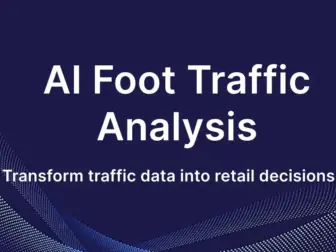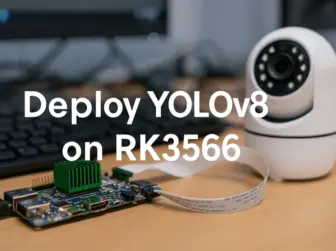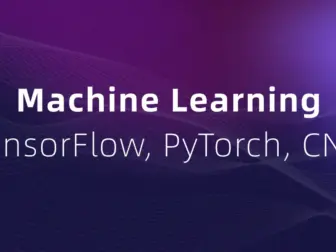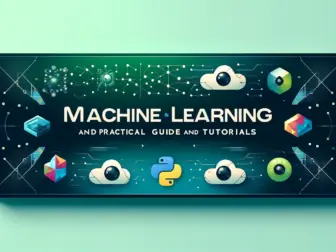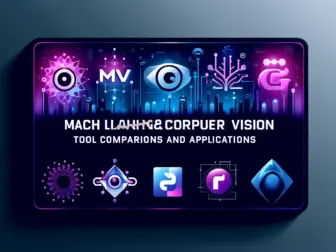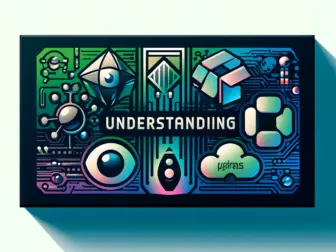Tag - Computer Vision
AI and Machine Learning, Blog , December 2, 2025 , Computer Vision, Edge AI, embedded AI, Gesture Recognition, Landmark Detection, MediaPipe, Model Quantization, RK3566, RKNN, Rockchip
AIoT SaaS Platform, Blog, Retail IoT , November 10, 2025 , Computer Vision, Customer Experience, data-driven retail, Edge AI, in-store analytics, ROI optimization, Smart Retail, store optimization
Blog, Edge Computing and Data Analytics , October 14, 2025 , Computer Vision, Deep Learning, Edge AI, Inference, Model Deployment, NPU, RK3566, RKNN Toolkit, YOLOv8
AI and Machine Learning, Blog , February 17, 2025 , AI Frameworks, Computer Vision, Deep Learning, Edge Computing, Medical Imaging, Model Deployment, ONNX, PyTorch, Speech AI, TensorFlow
Blog , May 29, 2024 , Computer Vision, Keras, Machine Learning, Model Training, OpenCV, OpenMV, PyTorch, TensorFlow, Tool Comparison
Blog , May 29, 2024 , Computer Vision, Embedded Applications, Keras, Machine Learning, Model Training, OpenCV, OpenMV, PyTorch, Real-Time Object Detection, TensorFlow
Exploring the World of Computer Vision
Computer vision is an interdisciplinary field that enables computers to interpret and understand the visual world. It involves the development of algorithms and technologies that allow machines to extract information from images or videos, recognize objects, and even understand human gestures. This technology has become increasingly important in various industries, including healthcare, automotive, retail, and security.
One of the key components of computer vision is image processing, which involves manipulating and analyzing images to extract useful information. This can include tasks such as image enhancement, segmentation, object detection, and image classification. Deep learning techniques, particularly convolutional neural networks (CNNs), have revolutionized the field of computer vision by enabling machines to learn features directly from raw pixel data.
Computer vision has a wide range of applications across different industries. In healthcare, it can be used for medical imaging analysis, disease diagnosis, and surgery assistance. In the automotive industry, computer vision is essential for autonomous driving systems, enabling vehicles to detect obstacles, pedestrians, and road signs. In retail, computer vision can be used for inventory management, customer tracking, and personalized shopping experiences. In security, it can be used for surveillance, facial recognition, and threat detection.
There are several challenges in the field of computer vision, including occlusions, variations in lighting conditions, and object recognition in cluttered environments. Researchers are constantly working on developing new algorithms and techniques to address these challenges and improve the performance of computer vision systems.
With the rise of deep learning and the availability of large datasets, computer vision has made significant progress in recent years. State-of-the-art models can achieve human-level performance on tasks such as image classification, object detection, and image segmentation. Companies like Google, Facebook, and Microsoft are heavily investing in computer vision research and developing applications that leverage this technology.
As computer vision continues to evolve, we can expect to see even more innovative applications in the future. From augmented reality and virtual reality to robotics and smart cities, computer vision will play a crucial role in shaping the way we interact with the world around us. Whether it’s helping doctors diagnose diseases, enabling self-driving cars to navigate safely, or enhancing our shopping experiences, computer vision is transforming the way we live and work.

